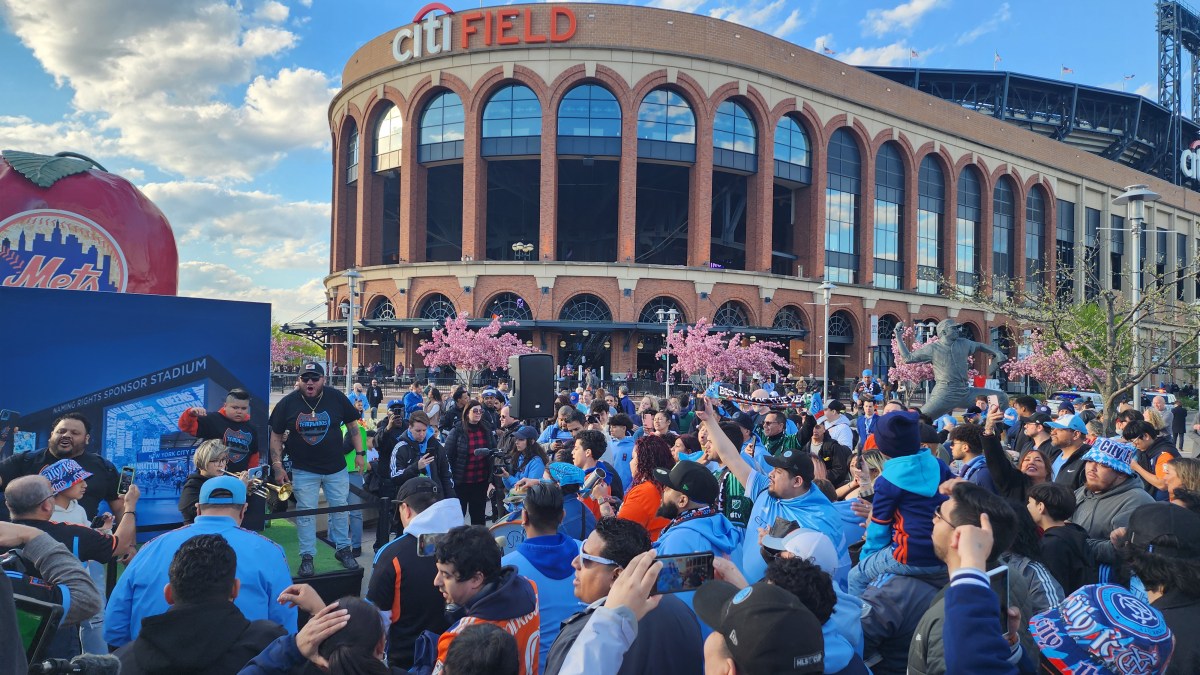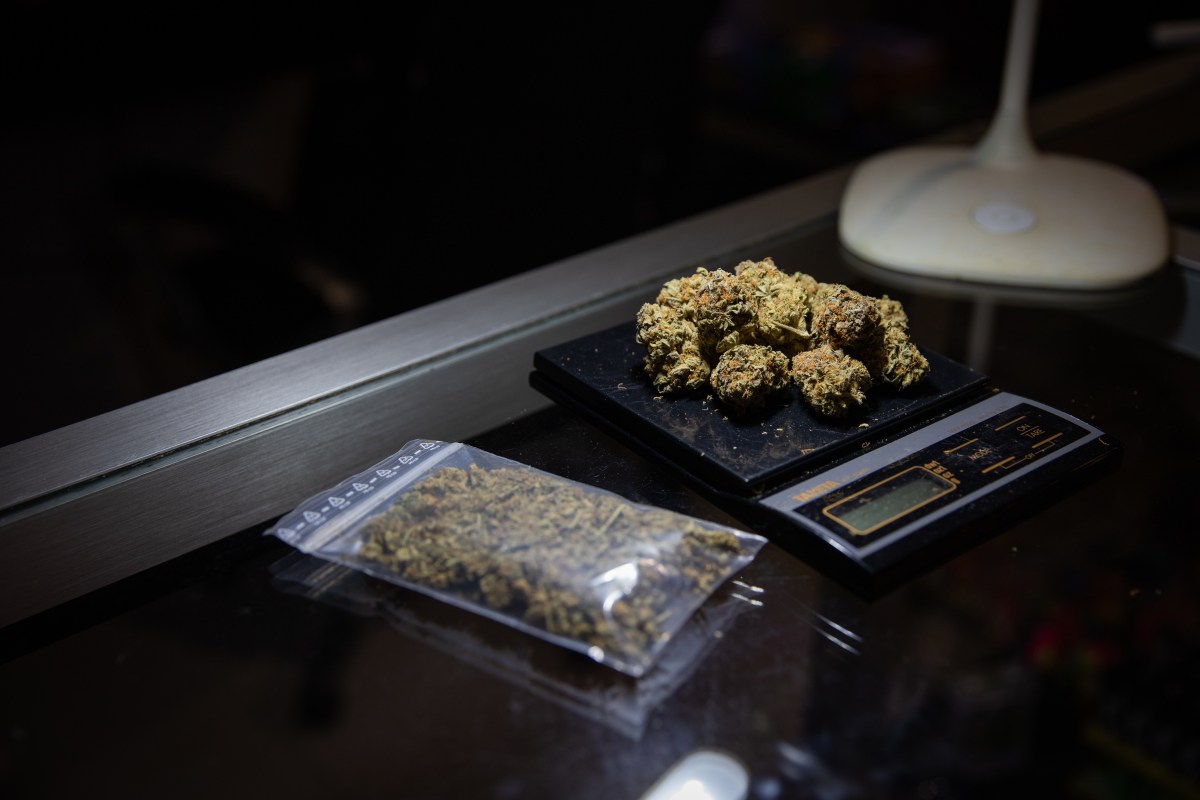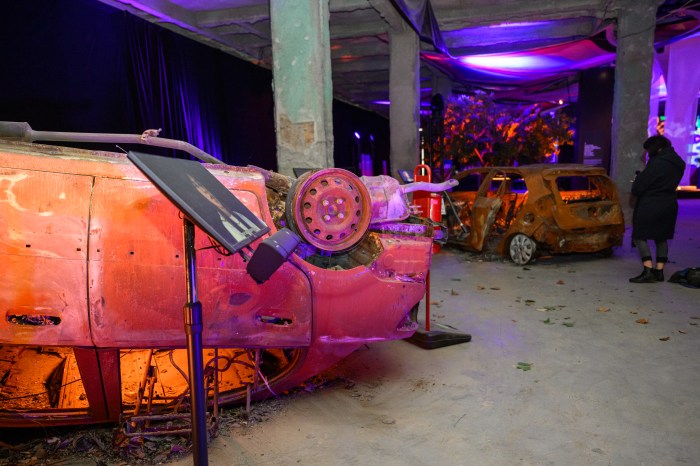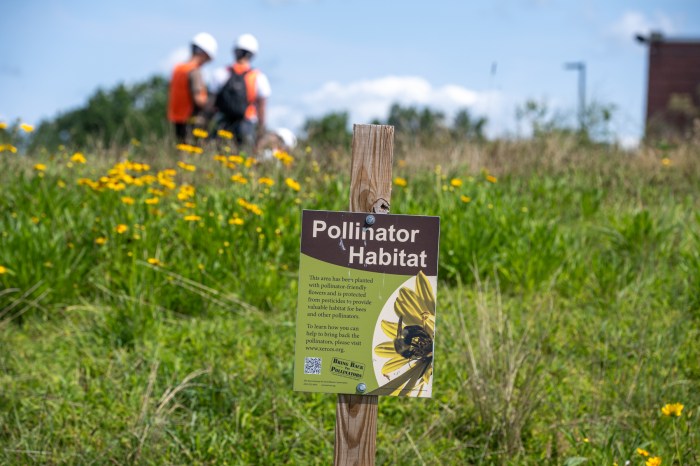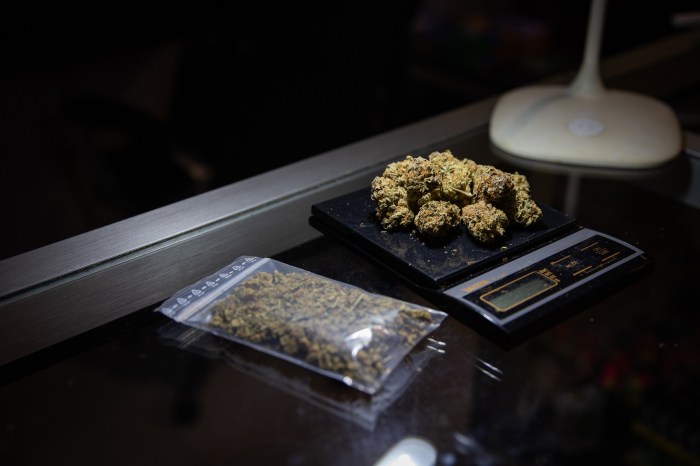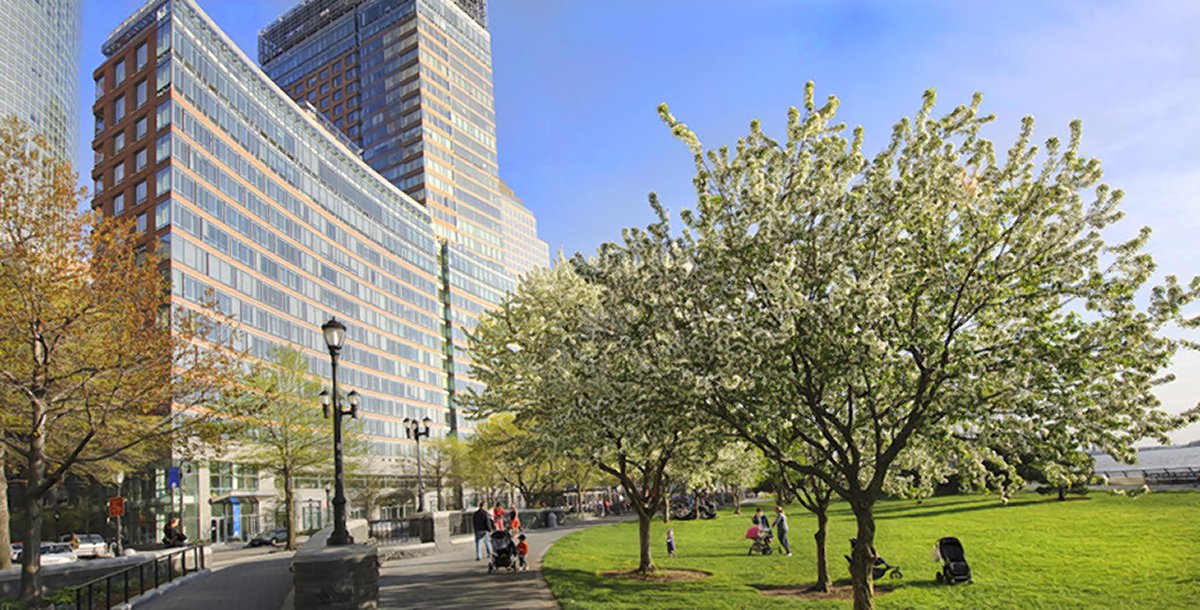
Battery Park City is famous for its public green space, and the BPCA has commissioned a study about how people use it, and how to make it better.
BY LEVAR ALONZO
Battery Park City’s green spaces and other public amenities are the crown jewels on the Downtown enclave, and as the neighborhood continues to evolve the Battery Park City Authority wants to get a clearer picture of who makes use of them, how often, and why.
To that end, the BPCA has contracted with the nearby Borough of Manhattan Community College to conduct a first-ever comprehensive usage study and analysis of how all public spaces in BPC are utilized, and gain insight in how they might be improved.
“The BCPA wanted to know the volume of usage in public spaces, who are in the spaces, what people do there and what they would like to see done in the public spaces,” said BMCC assistant professor Michelle Rhonda, one of the faculty members leading the team of 24 undergraduates counting heads, doing surveys and crunching numbers over the past three months.
Over a three-month period that spanned the summer and early fall months, students used clickers to monitor the amount of visitors to the public spaces. The survey part of the research consisted of 20 questions that included in-person interviews of approximately 1,200 random park users.
This project will produce data that the BPCA will use to calculate the average number of users of the 92-acres of public parks, for different times of the day, week, and possibly seasons — as well as their activities and reasons for coming. The data will go to help the BPCA determine future plans for funding and projects to improve the lives of residents, according to the authority’s acting head.
“Battery Park City Parks are quite simply public treasures, visited by tens of thousands each year in a Lower Manhattan more vibrant, sustainable, and interconnected than ever before,” said acting BPCA President, B.J. Jones.
Rhonda said that from the first look at the collected data the group found that BPC attract lots of international tourists on weekends but during the week more residents are using the public spaces. She added that the particular day of the week, time of day and the weather plays into who makes use of the public spaces.
“We have a sense of when and why people are using our parks, we just want logistics on the amount of visitors, so that we can better tailor our events for our open spaces,” said Nicholas Sbordone, director of communications for the BPCA.
Professor Rhonda can attest to the benefits of students working alongside professors in such research — she worked with William Kornblum, Professor Emeritus of Sociology, of the Graduate Center, CUNY, who had conducted similar studies on Central Park throughout the 1980s and ’90s, and provided data that led to a major transformation of the city’s marquee greensward.
The BMCC students followed same the method used by Rhonda when she worked as an undergraduate with Kornblum in the ’80s.
“Working with Bill Kornblum changed my entire life,” she said. “I never would have considered that this sort of research was something I could do as a career.”
The survey’s initial report will be released next month and the final report to likely come in December.










